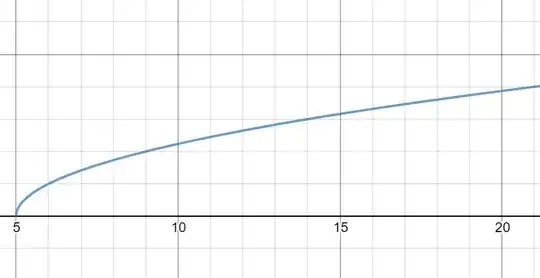A basic limit question I don't quite understand... The question is as $$\lim_{x \to 5} \sqrt{x-5}$$ and solve for the limit.
When I plug in $5$ I get the answer zero, but when I tackle this question graphically the limit does not exist as nothing comes from the left of $5$.

Could anyone clear this up for me? Thanks.